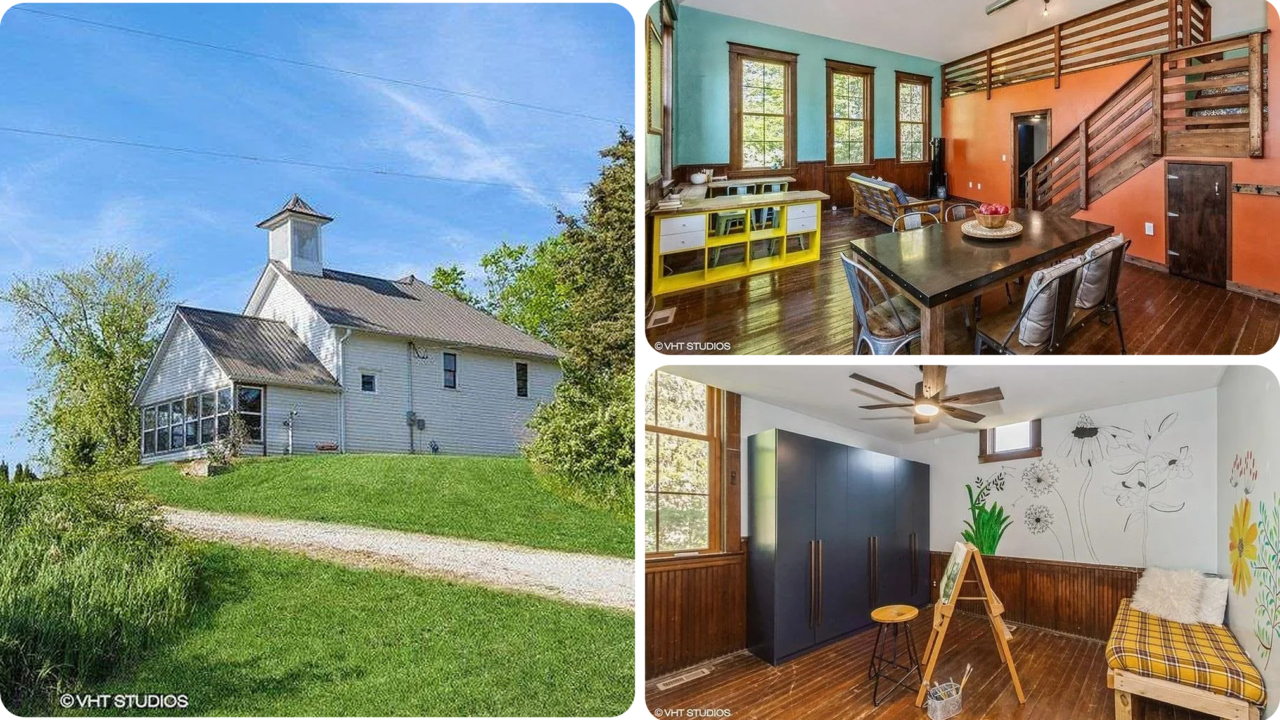Mediterranean Homes: An American Mix of Sunny European Styles
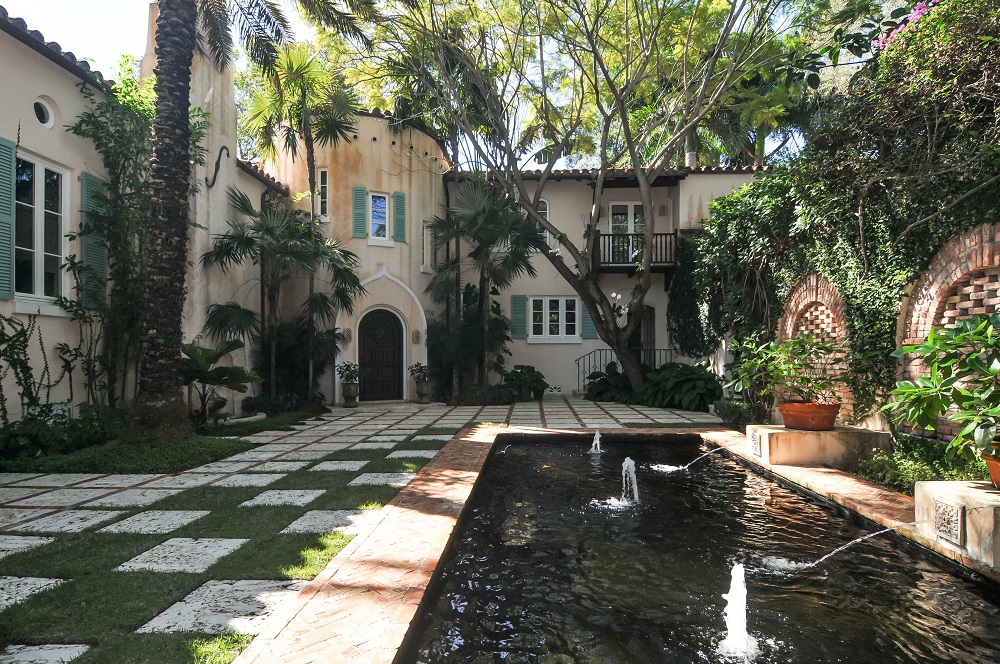

If you've ever seen a home with Spanish towers, Italian arches and Creole French iron work, you know how difficult it can be to place a particular Mediterranean architectural style.
Designs from various Mediterranean countries have been cross-pollinating for centuries. The region's hallmark clay barrel roof tiles, for example, date to both the Greek and Roman classical eras -- and possibly earlier.
A style called Mediterranean, or Mediterranean Revival, blends traditional Spanish and Italian architecture with designs from France, Morocco and even the Americas for a hodgepodge that says "sunny European" while being uniquely American.
Spanish Revival
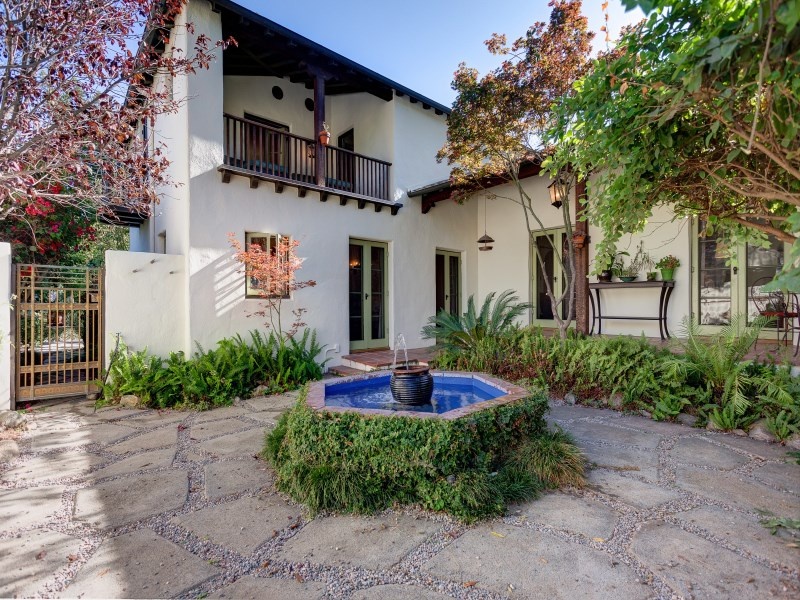
When U.S. architects first started copying styles from Spain and its colonies, they mimicked missions that the Spaniards once built all over the Americas.
They began to elaborate on that style after 1915, when ideas from the Panama-California Exposition in San Diego took hold. Architects were inspired by a tapestry of prototypes from other cultures, Virginia Savage McAlester writes in her book, "A Field Guide to American Houses."
Details were drawn from Moorish, Byzantine, Gothic and Renaissance architecture, "an unusually rich and varied series of decorative precedents," McAlester writes.
During the 1920s, many communities in Florida and southern California were planned around this new type of Mediterranean style.
The homes feature tile roofs, stucco walls and arches over many doors and windows. Elaborations include spiraled columns as well as towers, balconies and fountains.
Italian Renaissance
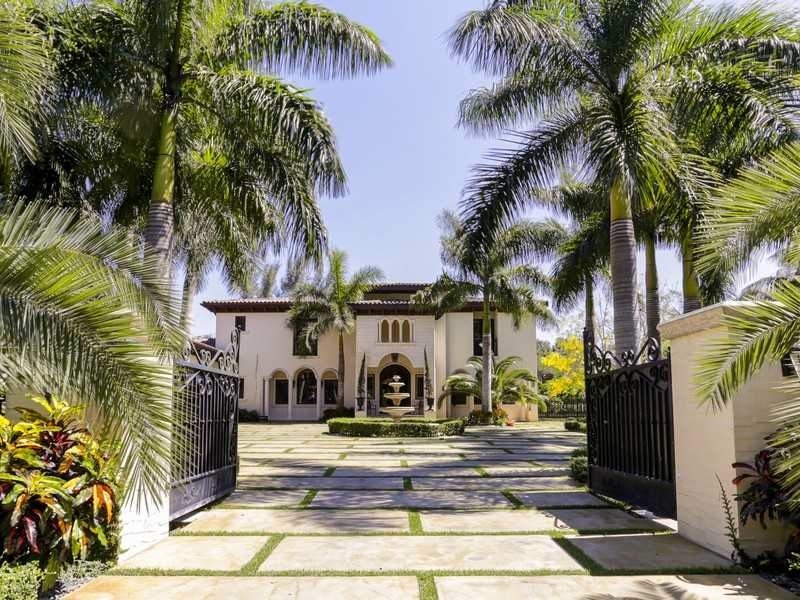
While the Craftsman, Tudor and Colonial Revival styles swept the country in the early and mid-20th century, the Italianate style from the Victorian era re-emerged, but with a more authentic bent.
Because of advances in travel and photography, architects and home buyers finally knew first-hand what real Italian architecture looked like and were able to copy it precisely rather than basing their designs on hearsay and guesses.
The improvement of masonry veneering techniques also added authenticity over the wood structures of the earlier era.
Most true Italian Renaissance homes date to the 1920s, but versions of the style are still being built. They include the tile roofs of other Mediterranean styles and are often two stories high with mostly symmetrical facades and tall first-story windows.
Lime-based paint

The stucco walls of Mediterranean homes are often covered with lime-based paint, which can be difficult to apply but contributes to the homes' authenticity.
"When the sun and water hit it, it changes colors -- and it changes colors through the years. It has a weathered look to it," said Ines Hegedus-Garcia, a Miami real estate agent with RelatedISG International Realty who also edits Miamism.com, a site about that area's real estate and architecture.
Like exposed brick walls, lime-based paint can quickly make a new home appear vintage.
Not everyone appreciates that look, but Hegedus-Garcia said it reminds her of the canals of Venice, where many buildings are covered in strongly colored earth tones using lime-based paints.
Modern Mediterraneans
The first homes of the Mediterranean Revival were built in the 1920s without air conditioning. Most have been renovated, some beautifully and others less so.
More recent Mediterranean homes are built with air conditioning and other amenities of the modern age, from garages to kitchens with double ovens.
The ones with strong Italian influences are often called Tuscan:
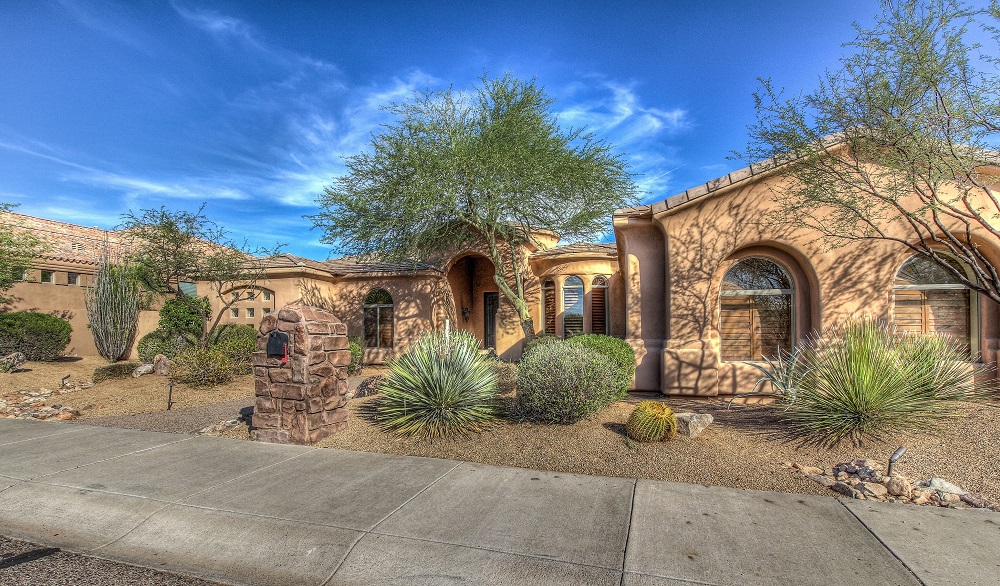
This remodeled 1925 home is billed in a listing as Southwest Spanish Revival:

Tags
How much home can you afford?
At Zillow Home Loans, we can pre-qualify you in as little as 5 minutes, with no impact to your credit score.
Zillow Home Loans, NMLS # 10287. Equal Housing Lender
Get pre-qualifiedA great agent makes all the difference
A local agent has the inside scoop on your market and can guide you through the buying process from start to finish.
Learn more

